
Esophageal cancer occurs when cancer cells develop in the esophagus, a tube-like structure that runs from the throat to the stomach through the esophagus. The cancer starts at the inner layer of the esophagus and can spread throughout the other layers of the esophagus and to other parts of the body (metastasis). Symptoms Signs and…
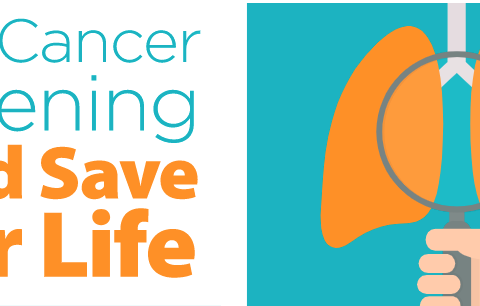
Lung cancer screening is a process that’s used to detect the presence of lung cancer in otherwise healthy people with a high risk of lung cancer. Lung cancer screening is recommended for older adults who are longtime smokers and who don’t have any signs or symptoms of lung cancer. Lung cancer occurs when cells in…

Kawasaki disease is an illness that causes blood vessels to become inflamed, almost always in young children. It’s one of the leading causes of heart disease in kids. The inflammation tends to affect the coronary arteries, which supply blood to the heart muscle. Kawasaki disease is sometimes called mucocutaneous lymph node syndrome because it also…

Debridement is the removal of dead (necrotic) or infected skin tissue to help a wound heal. It’s also done to remove foreign material from tissue. The procedure is essential for wounds that aren’t getting better. Usually, these wounds are trapped in the first stage of healing. When bad tissue is removed, the wound can restart…

Diverticular disease is the general name for a common condition that causes small bulges (diverticula) or sacs to form in the wall of the large intestine (colon). Although these sacs can form anywhere in the colon they are most common in the sigmoid colon (part of the large intestine closest to the rectum). Symptoms The…

Retinoblastoma is an eye cancer that begins in the retina — the sensitive lining on the inside of the eye. Retinoblastoma most commonly affects young children, but can rarely occur in adults. The eye starts to develop well before birth. During early stages of development, the eyes have cells called retinoblasts, which multiply to make…

Breast Cancer Screening aims to find breast cancers early. It uses an X-ray test called mammogram that can spot cancers when they’re too small to see or feel. Screening is used to look for cancers before a person has any symptoms or signs. Scientists have developed, and continue to develop, tests that can be used…

The cardiac examination, also known as precordial exam, is performed as part of a physical examination, or when a patient presents with chest pain suggestive of a cardiovascular pathology. It would typically be modified depending on the indication and integrated with other examinations especially the respiratory system. Cardiovascular examination is a central tool for assessing…

The cervix is the lower part of the uterus, the place where a baby grows during pregnancy. Cancer screening is looking for cancer before a patient has any symptoms. Cervical cancer screening is used to find changes in the cells of the cervix that could lead to cancer. The cervix is the opening to the…

A stress test, also called an exercise stress test, shows how a person’s heart works during physical activity. Because exercise makes the heart pump harder and faster, an exercise stress test can reveal problems with blood flow within the heart. A stress test usually involves walking on a treadmill or riding a stationary bike, the…
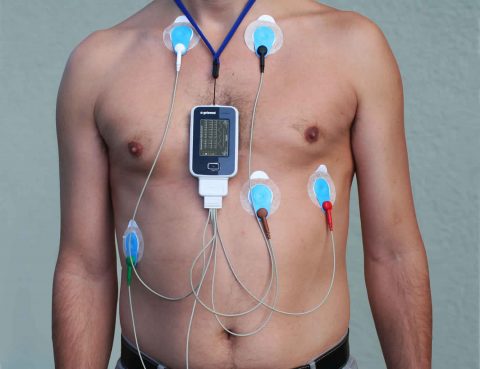
A holter monitor is a small, battery powered medical device that measures a person’s heart’s activity, such as rate and rhythm. The doctor may ask the patient to use one if they need more information about how their heart functions than a routine electrocardiogram (EKG) can give. A holter monitor test is usually performed after…
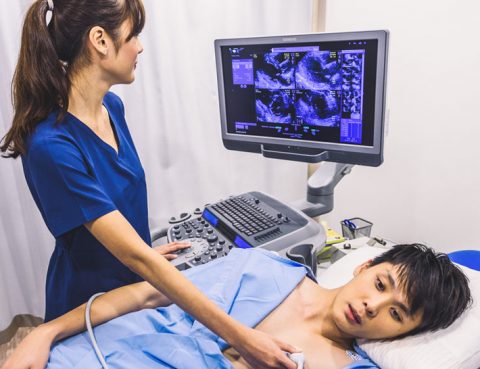
Echocardiography is a test that uses sound waves to produce live images of the heart. The image is called an echocardiogram. This test allows the doctor to monitor how the heart and its valves are functioning . Why It’s done The doctor may suggest an echocardiogram to; Check for problems with the valves or chambers…
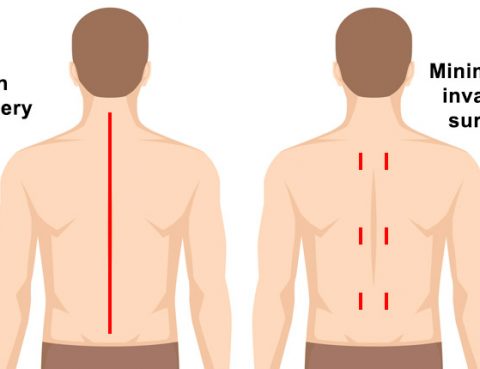
Spine surgery is traditionally done as “open surgery” . This means that the area being operated on is opened with a long incision to allow the surgeon to view and access the anatomy. In recent years, however, technological advances have allowed more back and neck conditions to be treated with a minimally invasive surgical technique. …

Selective nerve root block injection (SNRB) is an injection of long-lasting steroid (cortisone) around the nerve root as it exits the spinal column. The injection reduces the inflammation and pain caused by pressure on the nerve. It can also be used as a diagnostic tool to help doctors determine whether the nerve is irritated by…

Vertebroplasty is an outpatient procedure for stabilizing compression fractures in the spine. Bone cement is injected into back bones (vertebrae) that have cracked or broken, often because of osteoporosis. The cement hardens, stabilizing the fractures and supporting the spine. For people with severe, disabling pain caused by a compression fracture, vertebroplasty can relieve pain, increase…
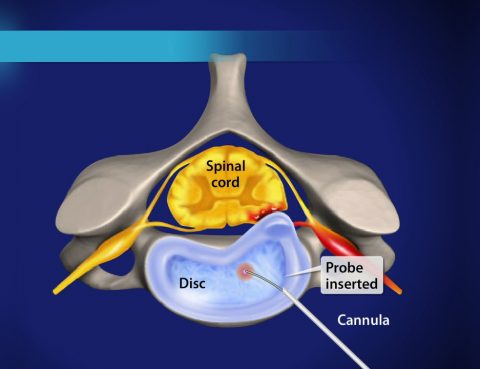
Nucleoplasty is a minimally invasive, image-guided therapy used to treat back pain and leg pain caused by herniated discs. It is performed in an outpatient setting, this procedure uses a needle that emits radio waves to shrink a disc bulge and on the nerves responsible for causing pain. The procedure usually takes less than an…
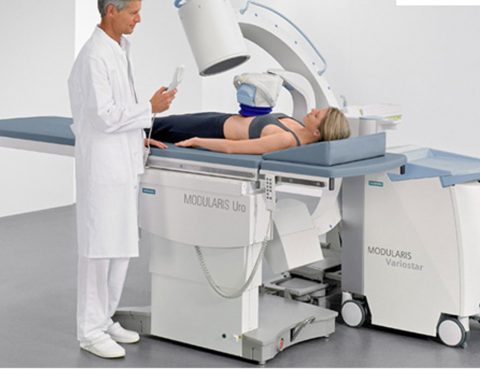
Shock Wave Lithotripsy (SWL) is the most common treatment for kidney stones. Shock waves from outside the body are targeted at a kidney stone causing the stone to fragment. The stones are broken into tiny pieces. It is sometimes called ESWL: Extracorporeal Shock Wave Lithotripsy. Kidney stones occur when minerals and other substances in the…

Transurethral resection of the prostate (TURP) is a surgery used to treat urinary problems that are caused by an enlarged prostate. The prostate is a small gland in the pelvis only found in men. It’s located between the penis and bladder, and surrounds the urethra (tube that carries urine from the bladder to the penis). …
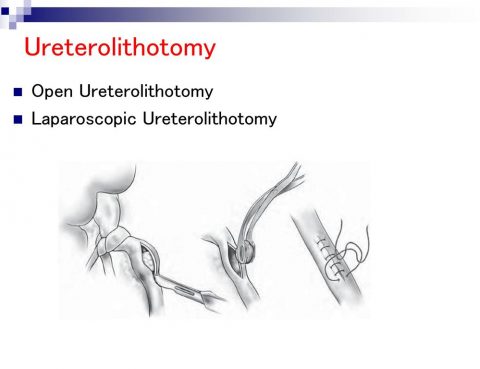
Ureterolithotomy refers to the open or laparoscopic surgical removal of a stone from the ureter. The ureter is a tube between the kidney and the bladder. Urine passes down to the bladder through this tube. Why get Ureterolithotomy? Ureterolithotomy is used to remove stones in a ureter that: Are too large to passCause pain or…

Cystoscopy is a procedure that allows the doctor to examine the lining of the bladder and the tube that carries urine out of the body. A hollow tube equipped with a lens is inserted into the urethra and slowly advanced into the bladder. A cystoscope is a thin tube with a camera and light on…
